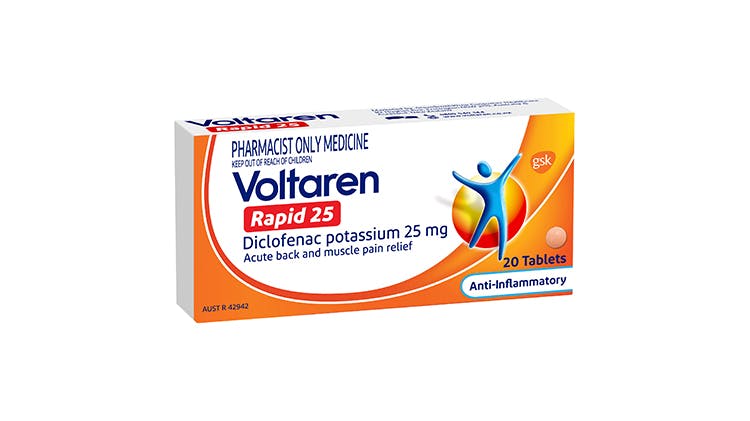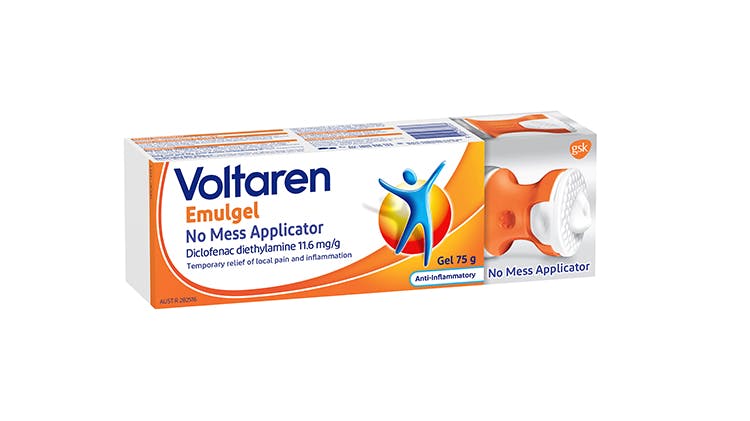Back pain: Signs and symptoms

Recognising back and neck pain
Back pain can be treated symptomatically but it is important to first rule out any underlying conditions that require attention from a physician.
- Upper and middle back pain may present as aching, stiffness or sharp/burning sensations in that area1
- Symptoms of lower back pain typically include tension/stiffness or soreness in that area1

